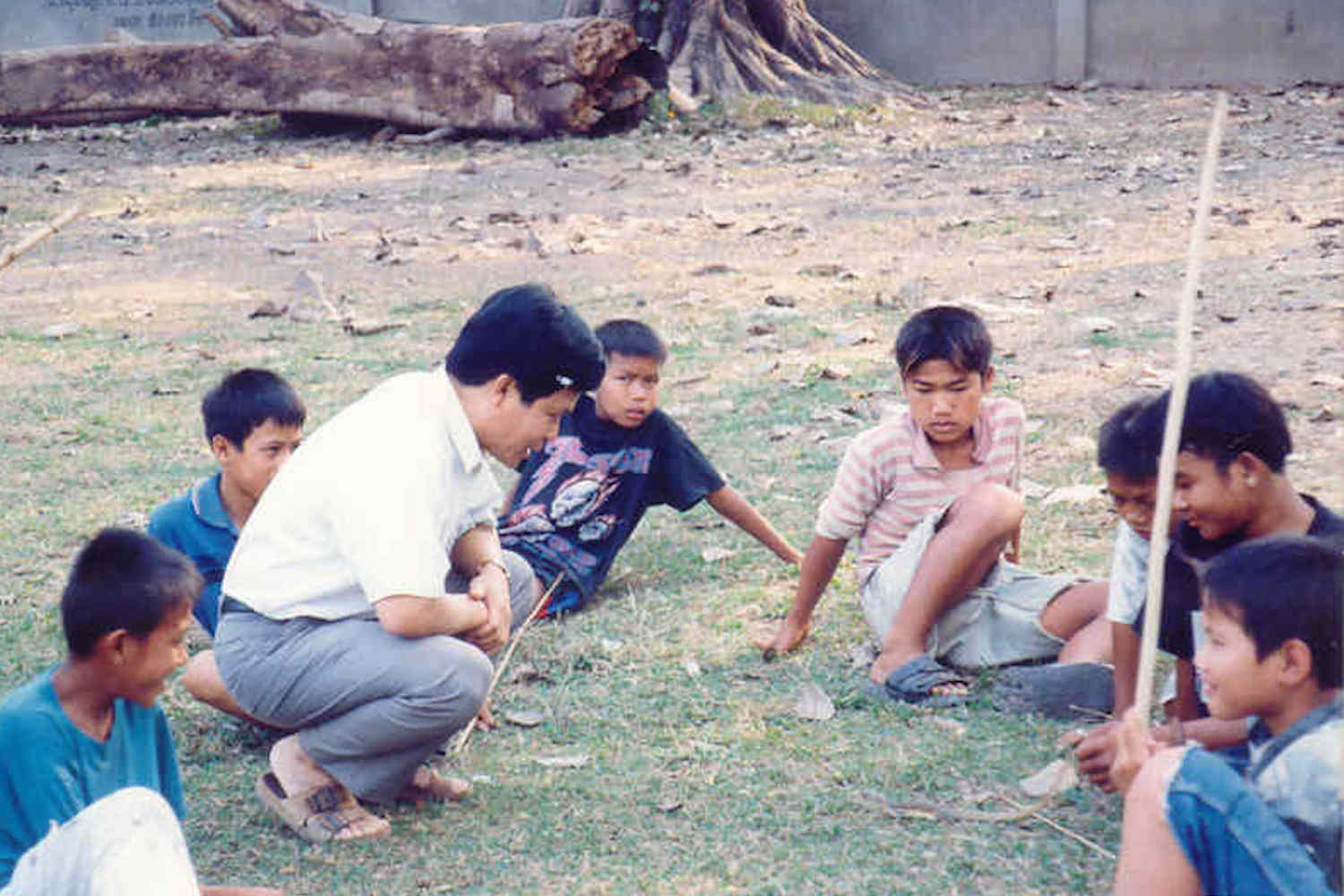Where’s Sombath? Laos scrambles to manage a diplomatic nightmare
Asian Correspondent: 18 January 2013
Rarely the centre of regional media attention, Laos is more often associated with being “tiny” and “land-locked” but this week the Southeast Asian nation has been forced to perform some diplomatic acrobatics to manage a growing storm around the disappearance of activist Sombath Somphone.
 Anyone who lives there will know that a safety net is always recommended when Laos walks the diplomatic tightrope.
Anyone who lives there will know that a safety net is always recommended when Laos walks the diplomatic tightrope.
Questions around the disappearance of a much-respected activist and campaigner for sustainable development are coming thick and fast since his abduction on a busy street in the Lao capital of Vientiane. But a more unusual sight for locals and observers is watching the Lao Government crunching through their PR gears.
Laos has been earmarked as the next frontier market in Southeast Asia, following in the footsteps of Vietnam and Burma and the abduction of a leading voice in the NGO community has raised new concerns.
Sombath was last seen on 15 December 2012 driving in his jeep in Vientiane. CCTV footage released soon after his wife reported him missing shows him being stopped by police and then driven away in a different vehicle to the one he was driving (see video below from 5min 20sec).
An international awareness campaign has followed, putting pressure on Laos and regional governments to resolve the disappearance.
An Asean delegation arrived in Vientiane earlier this week to press the issue with Lao authorities and urge a thorough investigation, followed promptly by a similar appeal by the former US Secretary of State, Hillary Clinton.
Lao ministers responded with the unusual step of putting out a press release to defend its actions in the Vientiane Times, a newspaper which generally tows the Party line.
Disappearances such as these wouldn’t usually make the pages of a local newspaper, but the arrival of an Asean delegation is a different matter and, with its images within the 10-country grouping at stake, some of its big guns have fronted up to ensure a messy affair doesn’t get any messier.
According to the Vientiane Times the foreign ministry denied it had any role to play in the disappearance of Sombath with the Minister and Head of the Presidential Office, Phongsavath Boupha, stating that the government “wouldn’t treat their own citizens like this”.
Disappearances in Laos aren’t uncommon: the US State Department’s human rights report for 2011 highlighted arbitrary arrests and detentions as a problem in Laos.
In an earlier article in the same paper the government suggested that Sombath had been kidnapped “perhaps because of a personal conflict or a conflict in business”. But the Asean delegation has dismissed that theory.
In pressing its case the government did allude, however, to the differences of opinion over development issues that were widely reported to have been behind a rift between Sombath and the government.
In its rearguard, Laos pointed out that it has never interfered with its neighbouring countries over their domestic affairs, an ASEAN mantra designed to cover some of its more awkward member states.
But in scrambling to clear itself of any wrongdoing, Laos might be wiser to look West to neighbouring Burma, which has managed to patch up its ragged international reputation from an even lower base.
Laos has always been good at reeling off the various UN declarations its has signed to protect its citizens and safeguard human rights, but that doesn’t look too credible when those with differing opinions vanish into thin air.
It leaves Asean with another difficult balancing act; leaving nations to manage their own affairs is something the grouping has fiercely protected, but judging by the speed with which it and the international community is now responding to Sombath’s disappearance, there’s clearly little faith in Laos getting the job done.
This story first appeared on AsianCorrespondent.com
